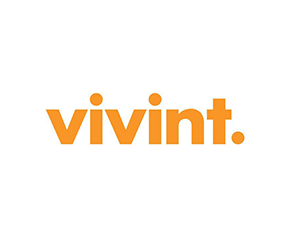What is an Infographic Designer?
An Infographic Designer is a visual communicator who specializes in creating infographics—visual representations of information, data, or complex concepts. These professionals use a combination of graphic design, data visualization, and information hierarchy to present information in a clear, engaging, and easily understandable format. Infographic designers play a crucial role in simplifying complex data sets, statistics, or narratives, making them accessible to a broad audience across various platforms, including websites, presentations, and print materials. Their work involves a balance of creativity, design aesthetics, and effective communication to convey information visually and enhance audience comprehension.
How do you become an Infographic Designer?
- Acquire Graphic Design Skills: Develop a strong foundation in graphic design, including layout, typography, and color theory, as these principles form the basis of effective infographic design.
- Master Data Visualization Techniques: Gain expertise in data visualization techniques to effectively represent complex data sets using charts, graphs, and other visual elements.
- Learn Infographic Software: Familiarize yourself with graphic design software tools specifically tailored for infographics, such as Adobe Illustrator, Canva, or Piktochart.
- Understand Information Hierarchy: Study information hierarchy and layout principles to organize content in a way that guides the viewer’s eye through the infographic and emphasizes key points.
- Build a Portfolio: Create a portfolio showcasing a variety of infographic projects that demonstrate your ability to convey information clearly and creatively. Include examples of different styles, themes, and topics.
Skills needed to be an Infographic Designer:
- Graphic Design Proficiency: Mastery of graphic design principles to create visually appealing and aesthetically pleasing infographics.
- Data Visualization: Expertise in visualizing data using charts, graphs, and other graphical representations to make complex information accessible.
- Typography Skills: Knowledge of typography to effectively use fonts and text hierarchy for readability and visual impact.
- Color Theory: Understanding of color theory to create visually harmonious infographics and convey meaning through color choices.
- Information Hierarchy: Ability to prioritize and organize information hierarchically to guide the viewer through the infographic in a logical and engaging manner.
- Storytelling Through Design: Skill in using design elements to tell a compelling story and engage the audience throughout the infographic.
- Research Skills: Strong research skills to gather accurate and relevant information that forms the basis of the infographic content.
- Communication Skills: Effective communication skills to understand client or project requirements and convey complex information visually.
- Attention to Detail: Keen attention to detail to ensure accuracy in data representation and design elements.
- Adaptability: Ability to adapt infographic styles and designs to suit different topics, audiences, and platforms, ensuring versatility in your work.







